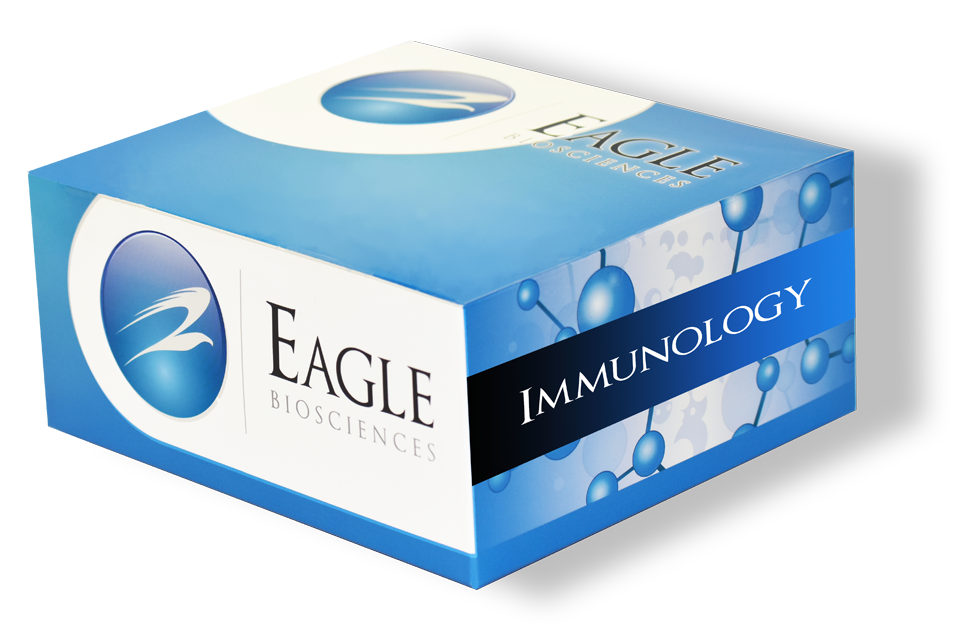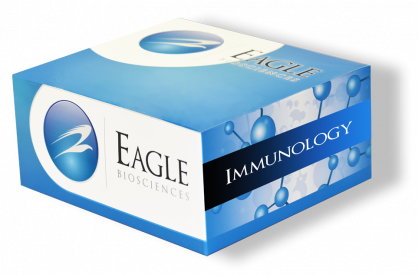Anti-Beta 2 GP-I Screen ELISA
Anti-Beta-2 GP-I Screen ELISA Developed and Manufactured by Medipan
Size: 1×96 wells
Sensitivity: Cut-off
Incubation Time: 2.5 hours
Sample Type: Serum, Plasma
Sample Size: 10 µL
Alternative Names: Anti-Beta 2 Glycoprotein 1 Screen ELISA, Human Anti-Beta 2 GP-I Screen ELISA
For Research Use Only
Specificity
Frequency distribution of antibodies in Anti- ß2 GP-I Screen. 99 unselected human sera were tested. All sera were found negative. This corresponds to a diagnostic specificity of 100%.
Assay Principle
The Anti-Beta-2 GP-I Screen ELISA is used for the semi-quantitative determination of IgG, IgM and IgA antibodies to ß2 glycoprotein-I in human serum or plasma.
The antibodies of the controls and the diluted patient samples react with human ß2 GP-I, immobilized on the solid phase of microtiter plates. The use of highly purified ß2 GP-I guarantees the specific binding of antibodies to ß2 glycoprotein-I of the specimen under investigation. Following an incubation period of 60 min at room temperature, unbound serum components are removed by a wash step.
The bound IgG antibodies react specifically with anti-human-IgG, -IgM and -IgA conjugated to horseradish peroxidase (HRP) within the incubation period of 30 min at room temperature (RT). Excessive conjugate is separated from the solid-phase immune complexes by the following wash step.
HRP converts the colourless substrate solution of 3,3’,5,5’-tetramethyl¬benzidine (TMB) added into a blue product. The enzyme reaction is stopped by dispensing an acidic solution (H2SO4) into the wells after 15 min at RT turning the solution from blue to yellow.
The optical density (OD) of the solution at 450 nm is directly proportional to the amount of specific antibodies bound. The OD values of the unknown patient samples are compared to the OD values of the calibrator.


